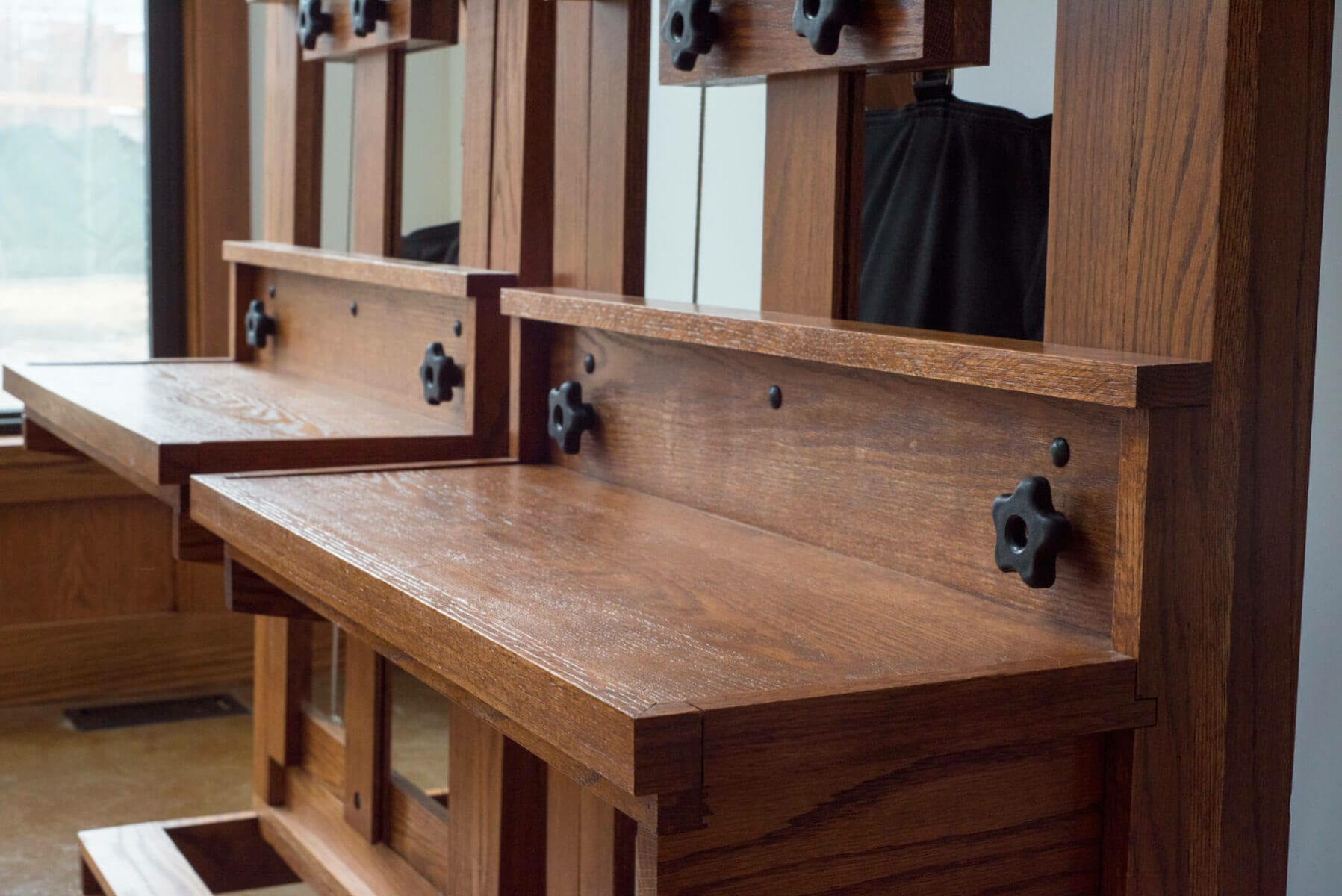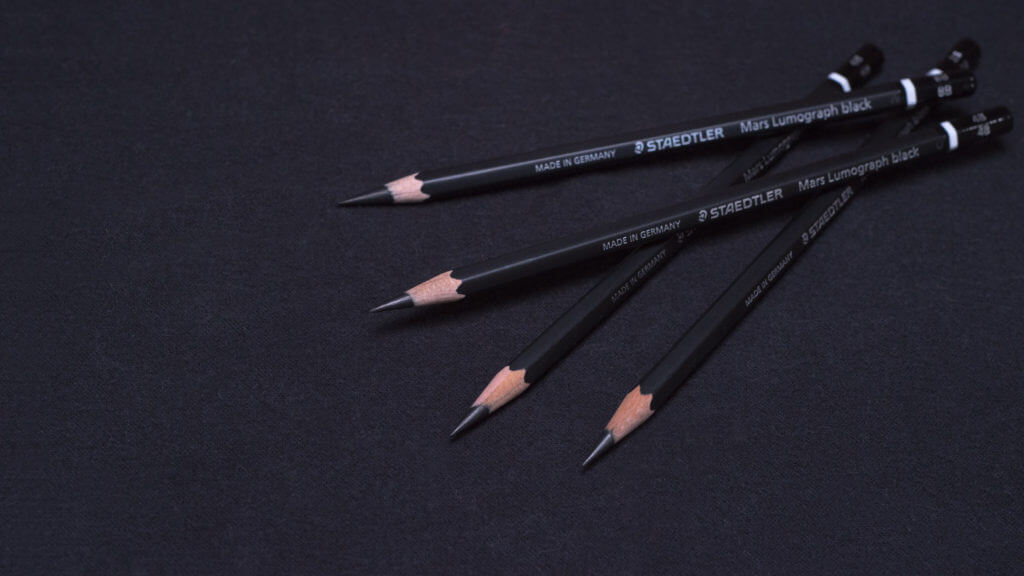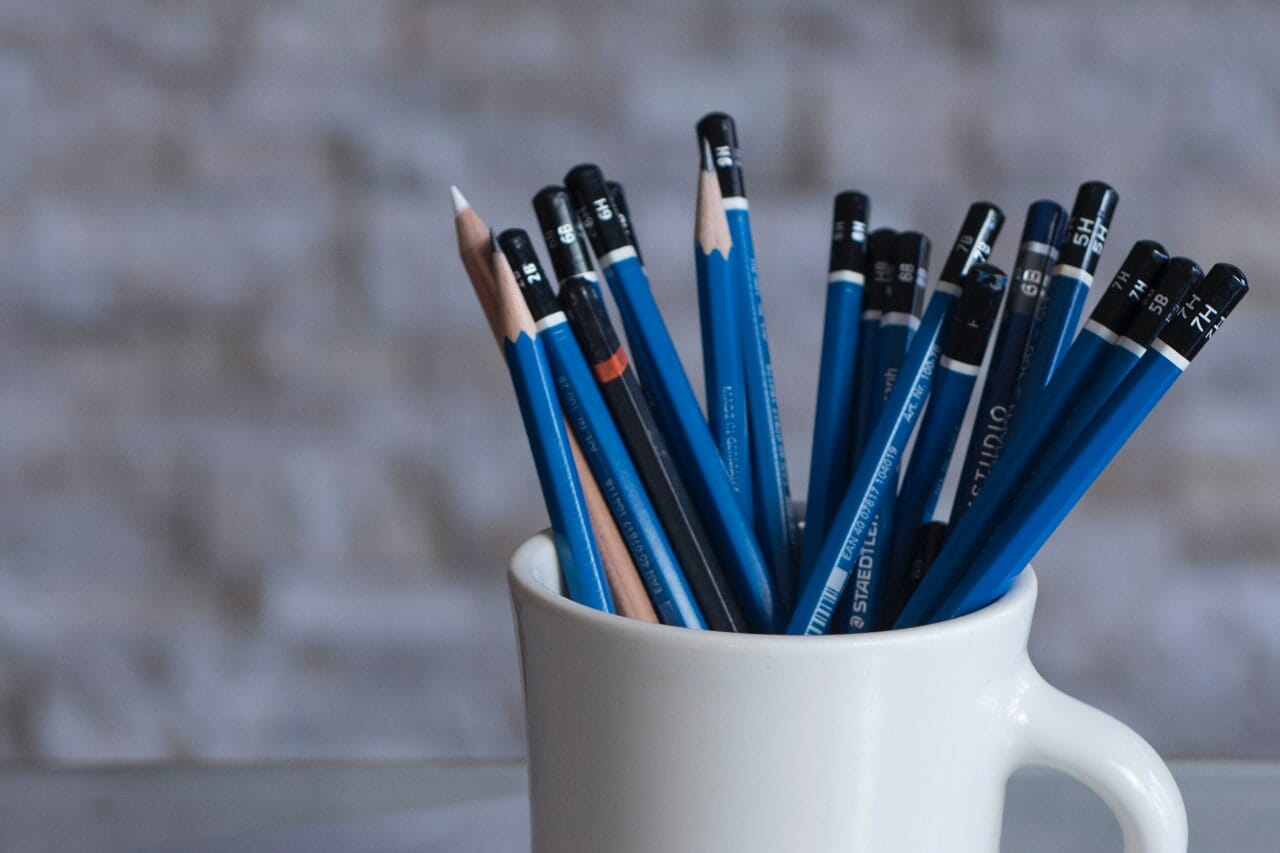“How Long Did That Take You?” – And Other Questions About Learning to Draw

I was talking with a student the other day about the amount of time they spent on a recent painting. The conversation brought to mind one of my favorite exchanges between an artist and a critic.
After taking all of two days to paint the moody “Nocturne in Black and Gold,” American painter James Abbott McNeill Whistler set the price for his painting at a whopping 200 guineas when exhibiting it at Grosvenor Gallery in London. This was an exorbitant price in 1877— 200 guineas is the modern-day equivalent to asking £18,790.00 (or $24,838 USD).
When art critic John Ruskin saw the price, he was skeptical. “The
Whistler’s response is the stuff of legend. He looked Ruskin squarely in the eye and answered, “No. I ask it for the knowledge of a lifetime.” (Source)
Artists and students can relate to this story because “How long did that take you?” is a question we get a lot. Many people assume, just like Ruskin did, that the more time invested in a drawing or painting, the more impressive— and therefore valuable— it must be.
While we can admire Whistler’s snappy comeback, his exchange with Ruskin raises an important question: How long does it take to “get good” at drawing and painting?
It’s a fair question to ask. After all, if you’re going to invest your time and money into your art education, you want to know when you’ll start seeing results. But it’s also tough to answer because there’s a big difference between “learning how” and “getting good.”
Knowledge Vs. Ability
Back when I was a student, I remember feeling discouraged about my “bad” artwork. At the time, I thought the problem was that I just didn’t know enough. I thought that the quality of my drawings would improve rather quickly if I could just find someone to show me the steps that I was missing.
That was partly right. I did have a lot to learn, and I went to great lengths to find the kind of instruction that I thought would help me.
But, after years of study, I realized the truth is a bit more complicated. It’s not as simple as mastering a checklist of steps. Yes, I learned a lot about both drawing and painting as a student. And yes, I had emerged from school with more self-confidence than I had going in. But I couldn’t say I was actually good at drawing or painting just yet.
That’s because “knowing” what to do isn’t even half of the battle. The most important part of getting good at drawing, painting, or any other skill, is practice.
I’m not telling you something you haven’t heard before. For example, you already “know” how to play the piano. Just hit the right keys at the right time, and you can play music. Simple, right?
But, of course, actually playing well is more complicated than that. Getting to be any good at it requires lots of practice.
This is one respect in which visual art (especially realism) is often misunderstood. We all know that certain life goals, like learning an instrument, mastering a new language, or getting in shape, take slow, deliberate work over time. But we tend not to think of drawing in the same way.
Instead, we buy into the myth that people who are good at drawing were born that way. We think that being able to draw well is proof that the person is talented. But that’s not really true.
Drawing well is a skill that can be learned. But, like playing the piano or learning a second language, it doesn’t come easily.
10,000 Hours?
If practice is necessary, then what kind of practice do you need and how much?
In his book Outliers: The Story of Success, Malcolm Gladwell popularized the idea that, in order to master anything, you’ll need to invest in 10,000 hours of practice. This equates to approximately five years’ worth of full-time effort.
I think this idea is a good place to start when thinking about learning to draw. It effectively conveys the scope of the undertaking when you set out to master something difficult. But on its own, the 10,000 hours concept leaves some important questions unanswered.
Critics of the idea have offered alternative ways of thinking about the 10,000 hour rule that I think are helpful. These include:
- Deliberate Practice – It’s fine to set goals for the amount of time you spend practicing your skills, but you also need to know what to practice. Regular input from some sort of expert – a teacher, a mentor, or a coach – is necessary for targeting your efforts effectively. Working with an expert can help identify your weak areas and tailor your practice regimen in a way that’s most effective for you.
- 10,000 Hours is Approximate – The actual amount of time required to master a skill can vary wildly and is not universal. When studying chess players, for example, researchers found that it took as little as 728 hours for one player to attain master status while it took as much as 16,120 hours for another to reach the same level.
When learning to draw well, be prepared for the possibility that it may take you longer than someone else to get where you’re going. And that’s entirely OK.
- Don’t Get Stuck in a Rut – Some critics of the 10,000 hours rule warn against practicing the same thing over and over. The biggest breakthroughs in human achievement, they argue, came from trying new things to see what works best. Instead of 10,000 hours, aim for 10,000 “experiments” – intentional departures from your routine to explore alternatives.
I agree with this in principle. Practice isn’t the same thing as mindless repetition. If your efforts start to feel pointlessly repetitive, by all means, try something different like testing out new materials or drawing a different subject. Just beware that it doesn’t lead to distraction or “process anxiety”.
While these critics claim triumphantly to have invalidated Gladwell’s premise with these observations, I still think the 10,000 hour rule is a useful concept. After all, nobody (including Gladwell) endorses mindless repetition as an effective learning strategy or suggests that everyone progresses at the same rate, without exception. The 10,000 hour rule remains worthwhile because it makes clear a simple idea: Mastering a skill takes time and hard work.
There are three important truths to keep in mind when practicing to develop a skill over time:
1. Everyone is different
2. No matter how much you practice, you still need guidance and feedback
3. Progress is relative— What may take me the whole summer to learn more only take you a few weekends.
Everyone is Different
10,000 is a nice round number, but it’s also arbitrary. In truth, different people will require different amounts of practice to see improvement. As I mentioned earlier, two master chess players may enjoy the same ranking but have invested different amounts of time. In the above example, the difference was almost 15,000 hours!
That sounds about right to me because we’ve seen it at the studio. Some drawing students seem to “get it” right away and pick up skills and concepts relatively quickly. For others, the drawing process takes more time.
I think this is where the idea of “talent” comes from, but it’s not natural ability. It’s just a predisposition to absorb and apply a certain type of information. But rest assured: Nobody is born a master, and nobody “gets good” overnight.
You Still Need Guidance
Remember the difference between “knowledge” and “ability?” Knowing how to do something is not a substitute for practice.
But the reverse is also true: No amount of practice will help if you don’t know what to work on.
What’s needed is the aforementioned “Deliberate Practice,” when you focus on improving your performance. (Learn more about deliberate practice here.)
This is where good instruction comes in.
When I was a student, I had to move to a different country to find the kind of instruction I was seeking. But now, it’s much easier to find thanks to the Internet. There are websites, blogs, YouTube channels, and private studios to seek out help shape your practice and give it direction.
Progress is Relative
“Drawing well” is one of those things that can be hard to quantify.
Remember not to compare yourself to others. Instead of looking at what others are doing, judge your progress relative to your own development.
If your latest drawing doesn’t measure up to those of your favorite artist, don’t assume that you’re not improving. Instead, look at where you were a year ago.
This is the reason why I kept my early student work for years. I wasn’t proud of it, but it provided tangible proof that I was getting better.
Whistler Was Right
“How long did that take you?” is a tricky question to answer.
The hours that you actually spend on a particular drawing or painting are just the tip of a large iceberg. Every artwork is a snapshot of where you are on a lifelong journey. Keep that in mind as you work steadily and patiently to improve your drawing skills.







It is normal when there is a new student in the atelier, to ask how long it will take. In my atelier, it took me less than to years to start from how to paint a circle to anatomy drawing of a human and still life with oils, keeping strictly to the so called classical tradition. I think that a very, very good technical competence can be achieved infour years. But that does not make you a painter, of course. When you get free your thought from technical competence, then you can focus on creativity.
Great article! Thanks David!
Some ancient Chinese guy is once supposed to have said something like, “Draw as if you have 10,000 years to finish.” Being retired, I pretty much do now. Great article, thanks for sharing your wisdom as well as your talents
Now that’s really upping the ante, Bart. 10,000 hours? Please… Try 10,000 years!
I once heard a story similar to one that about Whistler. It featured a well-known Brazilian writer named Rubem Braga. The story goes that the editor of a newspaper found himself in sudden need of material for the following day’s paper because someone had failed to deliver him stuff that was due that afternoon; so he rang up Braga and asked him for some light short story, the kind of thing Braga was famous for. Braga had nothing ready but asked the man how long he had before someone would come over to his place to collect the story, and the guy said half an hour; so Braga went and wrote a story in that time. Later, the editor asked him how the heck he had managed to write a decent story in 30 minutes, and Braga is supposed to have said: “I didn’t do it in 30 minutes, I did in 60 years and 30 minutes.” Unfortunately I don’t have the source for that, I heard it in college about 20 years ago.
That’s a good one, Guilherme! I hope Braga charged accordingly! 😉
Good article. It reminds me of the story I’ve heard several times (not sure if it’s true) of a woman who was aghast at the price Picasso was charging her for a portrait. She said, “ But it took only 5 minutes,” to which he replied, “No, Madame, it took me my entire life.”
Another good variation, Lauren 🙂
My answer is usually something similar to, “I don’t really track the total amount of time I spend because I spend more time thinking and planning the painting than I do actually painting.” Which is true. I also spend a lot of time at the end analyzing it to decide if it is finished.
If they are really interested in the process, that response will usually lead to more discussion.
Mike
That’s a good point, Michael. Much of my “drawing time” is spent just staring at the page, apparently doing nothing (in reality, I’m trying to figure out why I don’t like it). Does that time count? I would have to use a stopwatch if I was to try separating actual drawing time from general ruminating, and who’s going to bother with that?
As a drawing teacher & mentor, my response to this sort of question is constantly evolving. My current (sincere) response is “How long did what take me?” if the questioner can reasonably answer this question I can begin to respond (note, I do not say “answer”). Currently, my response comes back mainly to what does the questioner understand about their question. I’m learning to give up on a satori inducing story. I find that commonly, an art appreciation aficionado wants something entirely different from a neophyte student and I rarely hear such from an effective artist. A gallery owner/dealer asking such a question usually gets a more pertinent answer of “how would you price it in your gallery?”
David,
Hope this finds you & Mind well, as ever you have a knack for articulating salient points of reflection for individuals at all levels in their pursuit of craft, in a suscinct and readily digestible manner.
I continue to reflect on my own lessons learned under your teachings.
With continued admiration
Nudel
Cool, Mat! I’m glad it was helpful. Hope you’re doing well 🙂